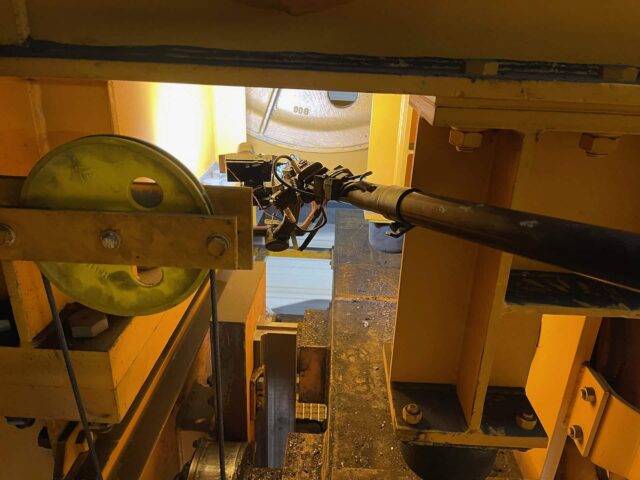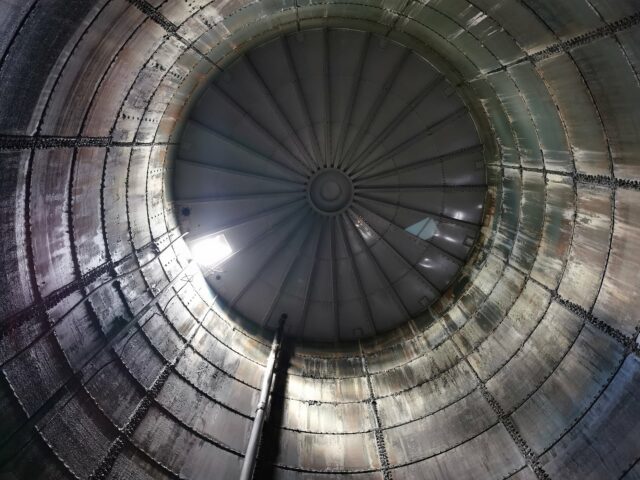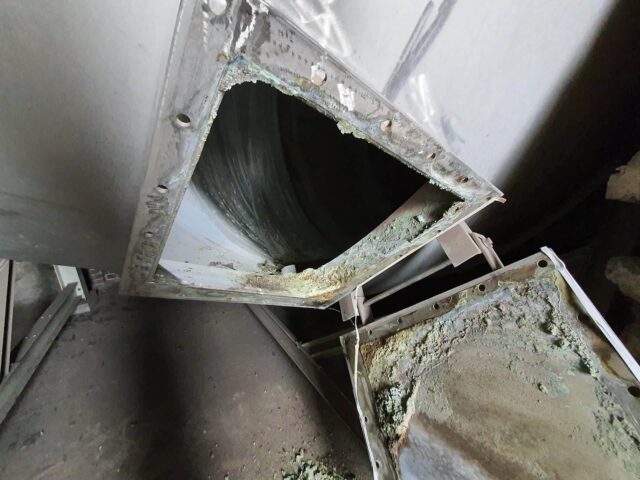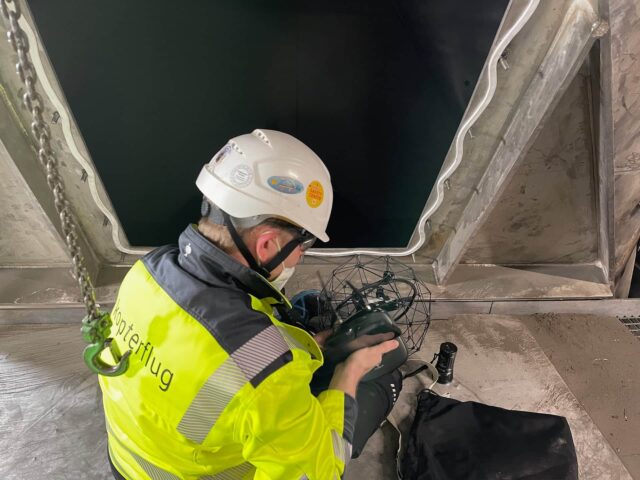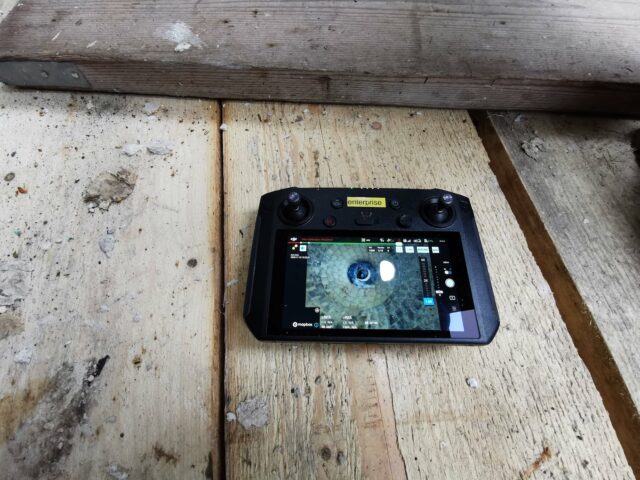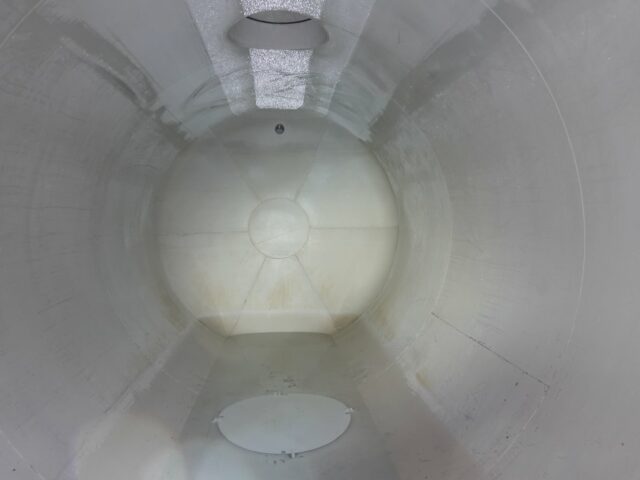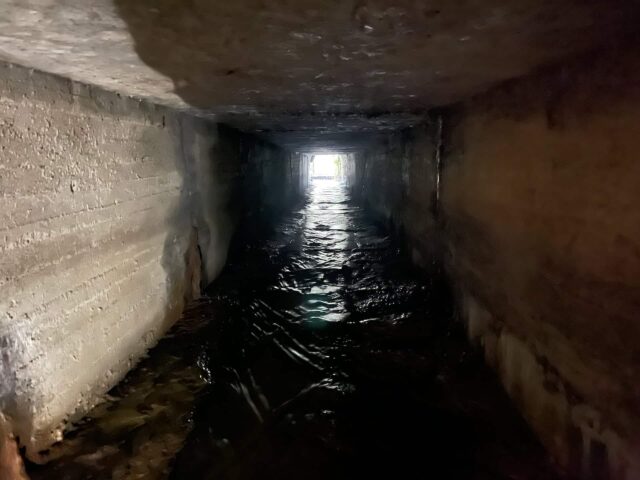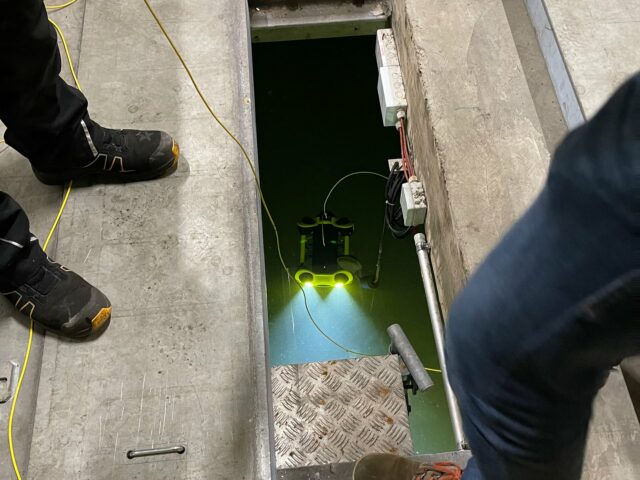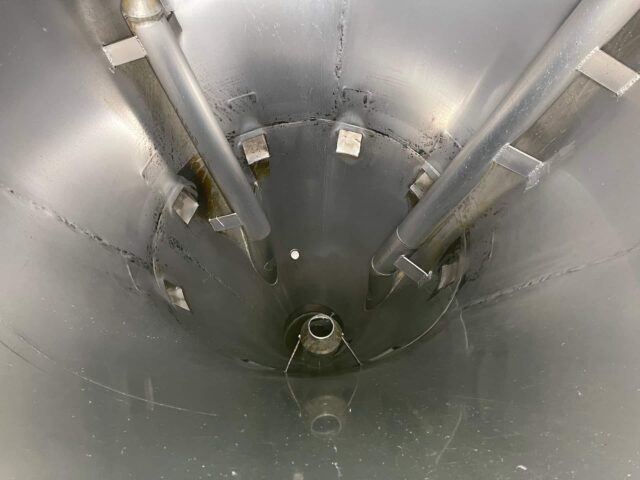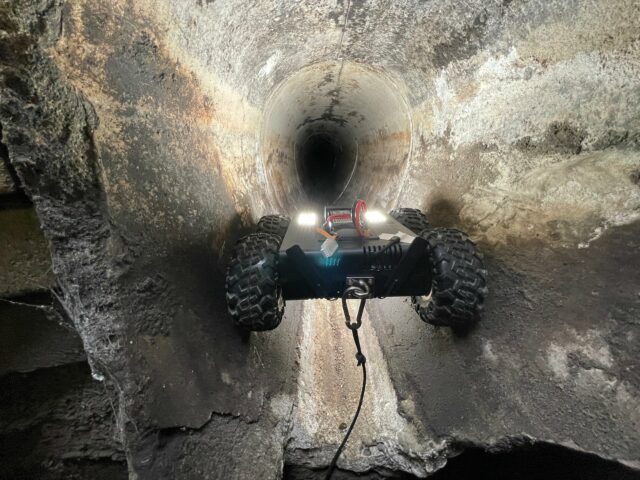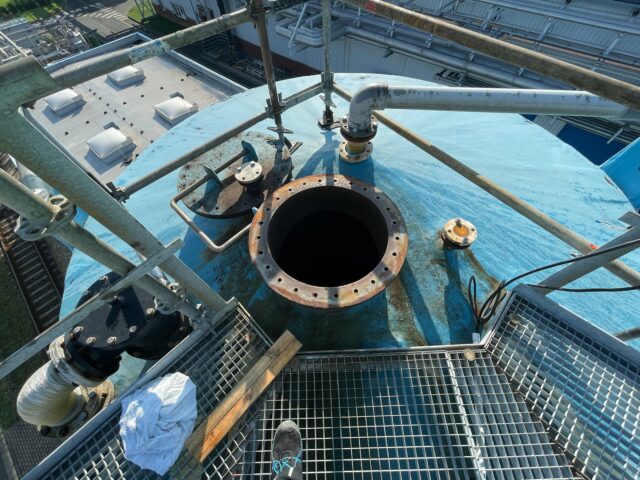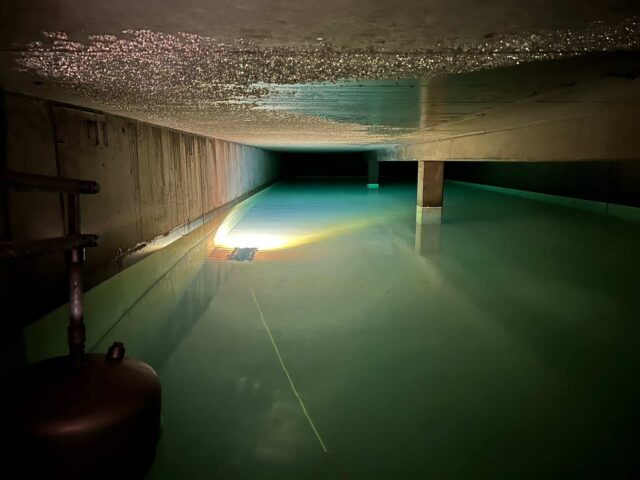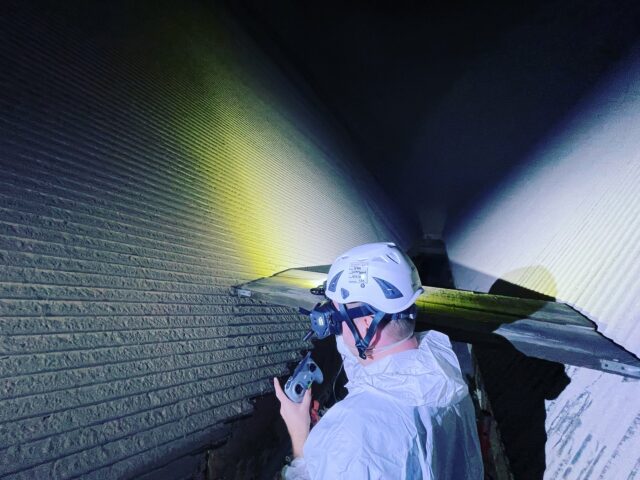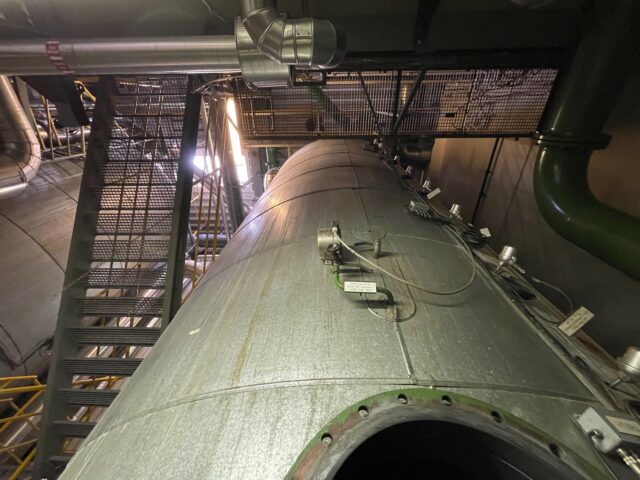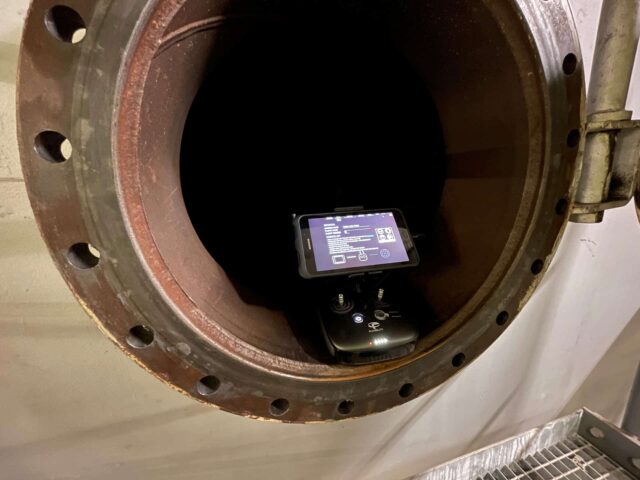Drone Inspection for Confined Spaces: Improving Safety, Efficiency, and Performance




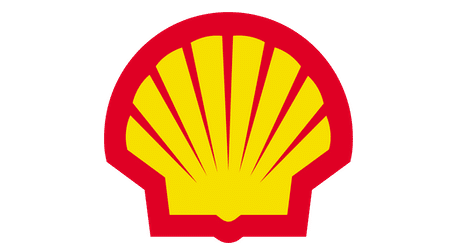

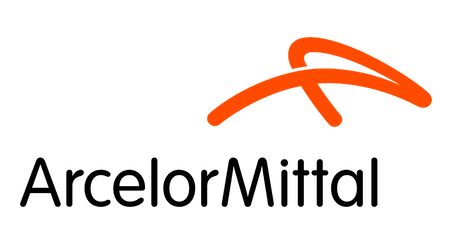



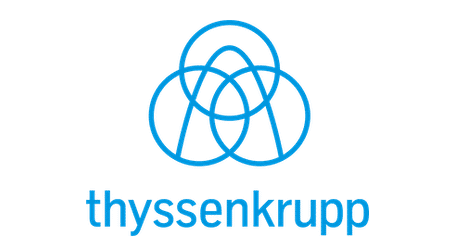






Introduction
Confined spaces are areas that are difficult to access and pose potential hazards to workers due to their limited size, lack of ventilation, or presence of hazardous materials. These spaces can be found in a variety of industries, including manufacturing, construction, and oil and gas.
Proper inspection and maintenance of confined spaces is crucial in order to ensure worker safety and prevent accidents or equipment failures. However, traditional inspection methods can be time-consuming, expensive, and potentially hazardous for workers.
The use of drones for confined space inspection offers a safer and more efficient alternative, allowing companies to quickly and accurately inspect confined spaces without putting workers at risk. By using drones equipped with high-resolution cameras and sensors, companies can obtain detailed visual data and mapping capabilities of the confined space asset, allowing for accurate and efficient inspection.
In this blog post, we will explore the challenges of traditional confined space inspection methods, the benefits of using drones for confined space inspection, and why companies should consider incorporating this technology into their inspection and maintenance programs. We will also provide an overview of the regulations and standards related to confined space inspection, as well as best practices for protecting workers in confined spaces.
- Limited access areas
- High risk spaces
- Specialized inspection required
- Avoid accidents and downtime
- Regulatory compliance necessary
- Optimize asset performance
- Drones revolutionize inspections
| Standard Inspection | Drone Inspection | |
|---|---|---|
| Data Quality | Low | High |
| Risk for Staff | High | Low |
| Speed of Inspection | Low | High |
| Cost | High | Low |
| Manpower | High | Low |
| Asset Downtime | High | Low |
Challenges of Traditional Confined Space Inspection Methods
Traditional methods of inspecting confined spaces, such as manual inspection or using specialized equipment, can present several challenges and risks. These methods can be time-consuming, expensive, and potentially hazardous for workers.
One of the main risks of working in confined spaces is the potential for exposure to hazardous materials, such as toxic gases or chemicals. Workers may also be at risk of becoming trapped or injured in the space, making rescue and emergency response difficult.
Traditional inspection methods can also be limited in their ability to provide accurate and comprehensive data about the condition of the confined space asset. Visual inspections may miss small or hard-to-reach areas, while specialized equipment may be limited in its capabilities.
In addition, traditional inspection methods can be disruptive to operations, requiring the shutdown of equipment or the use of scaffolding or other equipment to access the space. This can result in downtime and lost productivity.
Overall, traditional inspection methods for confined spaces can be inefficient, expensive, and potentially hazardous for workers. The use of drones for confined space inspection offers a safer and more efficient alternative, as we will explore in the following sections.
- Slow and inefficient
- Limited accuracy
- Human error potential
- Hazardous for workers
- Inadequate data collection
- Limited access to spaces
- Difficult to reach areas
Protecting Your Workers in Confined Spaces
When it comes to confined space inspection, protecting workers should always be a top priority. Confined spaces can be hazardous environments, and workers entering these spaces are at risk of injury or exposure to harmful substances. Here are some steps that can be taken to protect workers in confined spaces:
- Develop a Permit System: A permit system should be developed for each confined space to ensure that only authorized personnel enter the space, and that proper safety measures are taken. The permit should outline the precautions that need to be taken before and during entry, and any risks associated with the space.
- Provide Training: Workers who enter confined spaces should receive proper training on the hazards associated with the space, as well as the proper use of personal protective equipment (PPE) and other safety measures. This training should be ongoing and should be provided to all workers who may enter confined spaces.
- Use Monitoring Equipment: Monitoring equipment should be used to detect and measure harmful substances in the confined space, such as gases or vapors. This equipment can alert workers to potential hazards and allow them to take appropriate action.
- Provide Proper Ventilation: Proper ventilation is essential in confined spaces to ensure that workers can breathe safely. Ventilationcan be provided through the use of fans or other equipment that circulates the air or through a ventilation system that sucks out harmful substances.
- Have Rescue Equipment and Personnel on Standby: In the event of an emergency, it is important to have rescue equipment and personnel on standby. This can include a rescue team trained in confined space rescue, as well as equipment such as harnesses, ropes, and breathing apparatus.
- Conduct Regular Emergency Drills: Regular emergency drills should be conducted to ensure that workers are prepared to respond in the event of an emergency. These drills should include all workers who may enter confined spaces and should be conducted in a realistic and practical manner.
Protecting workers in confined spaces is essential to ensuring their safety and well-being. By implementing these steps, companies can reduce the risk of injury or exposure to harmful substances and create a safer working environment for all employees.
Examples of confined spaces
Confined space assets are equipment, structures, or areas that require inspection and maintenance due to their limited accessibility and potential hazards. Examples of confined space assets can include pipelines, tanks, vessels, silos, and tunnels. These assets are typically found in industries such as oil and gas, manufacturing, and construction.
Proper inspection and maintenance of confined space assets is crucial in order to ensure safe and efficient operation of these assets. Regular inspection can identify potential problems or hazards before they become serious issues, and can help to prevent costly downtime or accidents.
However, traditional inspection methods for confined space assets can be time-consuming, expensive, and potentially hazardous for workers. This is where drones can provide an effective solution. By using drones for confined space inspection, companies can quickly and safely obtain detailed visual data of the asset, without requiring workers to enter the confined space.
Drones equipped with high-resolution cameras and sensors can capture detailed images and data of confined space assets, allowing for accurate and efficient inspection. This technology can also provide 3D mapping and modeling capabilities, allowing for a more comprehensive understanding of the asset’s condition.
Overall, inspecting confined space assets is essential in order to maintain safe and efficient operation of industrial assets. The use of drones for confined space inspection offers a safer and more efficient alternative to traditional inspection methods. By providing detailed visual data and mapping capabilities, drones can help companies identify potential issues and hazards before they become serious problems, ultimately saving time and money.
In the next section, we will dive deeper into the benefits of using drones for confined space inspection and why companies should consider incorporating this technology into their inspection and maintenance programs.
Drones for Confined Space Inspections
Drones are becoming increasingly popular for industrial inspections, including inspections of confined spaces. Drones offer a number of benefits over traditional inspection methods, including increased safety, decreased downtime, and cost savings. Here’s an overview of how drones can be used for confined space inspections:
A. Explanation of how drones can be used for confined space inspections
Drones can be used to inspect confined spaces in a variety of ways. One of the main advantages of drones is their ability to access and navigate difficult-to-reach areas, such as pipes, tanks, and other confined spaces. Drones can be equipped with cameras, sensors, and other equipment to collect data and images of these spaces, which can be used for inspection, monitoring, and maintenance purposes. Drones can also be used to inspect confined spaces quickly and efficiently, reducing the need for workers to enter hazardous areas.
B. Overview of drone technology and capabilities
Drones come in a variety of types and sizes, each with their own capabilities and features. For confined space inspections, two main types of drones are typically used: fixed-wing drones and multirotor drones. Fixed-wing drones are typically larger and have longer flight times, making them ideal for covering large areas. Multirotor drones, on the other hand, are smaller and more maneuverable, making them better suited for navigating tight spaces. Drones can be equipped with a variety of sensors and cameras, including thermal imaging cameras, gas sensors, and visual cameras. These sensors can be used to detect potential hazards, such as gas leaks or temperature anomalies, and to collect data for inspection and maintenance purposes.
C. Comparison of drones to traditional inspection methods
Traditional inspection methods for confined spaces often involve manual entry, which can be dangerous and time-consuming. Workers must wear protective gear and be trained in confined space safety procedures, and the entry process must often be repeated each time an inspection is required. Drones, on the other hand, can be used to inspect confined spaces remotely, reducing the need for workers to enter hazardous areas. Drones can also be used to cover large areas quickly and efficiently, reducing inspection times and increasing safety. Additionally, drones can collect high-quality data and images, providing detailed inspection results that can be used for maintenance and repair purposes. Overall, drones offer a safer, faster, and more efficient alternative to traditional inspection methods for confined spaces.
7 Benefits of Using Drones for Confined Space Inspection
Drones have revolutionized the way that confined space inspection is conducted. With their ability to access hard-to-reach areas and capture high-resolution images and video, drones can provide a more comprehensive and efficient inspection process. Here are some of the key benefits of using drones for confined space inspection:
- Increased Safety: Confined spaces can be hazardous environments, and traditional inspection methods often require workers to physically enter these spaces. By using drones for inspection, workers can remain outside the space and operate the drone remotely, greatly reducing the risk of injury or exposure to harmful substances.
- Improved Efficiency: Drones can quickly and easily access confined spaces, providing a more efficient inspection process. This can help to identify potential issues or hazards early on, minimizing downtime and reducing repair costs.
- Higher Quality Data: Drones can capture high-resolution images and video, providing a more detailed and accurate view of the space being inspected. This can help to identify issues that may have been missed using traditional inspection methods, leading to more effective maintenance and repair.
- Cost Savings: Using drones for confined space inspection can be more cost-effective than traditional methods. Drones can be operated by a single operator and can quickly cover large areas, reducing the need for multiple workers or equipment. In addition, drones can identify issues early on, preventing larger and more expensive repairs down the line.
- Regulatory Compliance: Many countries have regulations and standards related to confined space inspection, and using drones can help companies meet these requirements. By providing a safer and more efficient inspection process, drones can help companies comply with regulations while also improving worker safety.
- Enhanced Data Analysis: Drones can not only capture high-quality images and video, but they can also collect data that can be used to analyze and monitor the condition of confined spaces over time. This can help to identify trends or patterns that may indicate potential issues, allowing for early intervention and preventative maintenance.
- Flexibility: Drones can be used for a wide range of confined space inspection tasks, including inspecting pipes, tanks, and other structures. They can also be equipped with a variety of sensors and cameras to provide even more detailed information.
- Increased Safety: Confined spaces can be hazardous environments, and traditional inspection methods often require workers to physically enter these spaces. By using drones for inspection, workers can remain outside the space and operate the drone remotely, greatly reducing the risk of injury or exposure to harmful substances.
Overall, using drones for confined space inspection can provide significant benefits in terms of safety, efficiency, cost savings, regulatory compliance, and data analysis. By adopting this innovative technology, companies can ensure that their confined spaces are properly maintained and kept safe for workers, while also improving their overall operations.
Conclusion
In summary, confined space inspection is an important aspect of maintaining the safety and integrity of industrial assets. Traditional inspection methods can be time-consuming, costly, and potentially hazardous. However, the use of drones for confined space inspection can provide significant benefits in terms of safety, efficiency, cost savings, regulatory compliance, and data analysis.
It is important to protect workers in confined spaces by developing a permit system, providing training, using monitoring equipment, providing proper ventilation, having rescue equipment and personnel on standby, and conducting regular emergency drills.
The importance of using drones for confined space inspection cannot be overstated. Drones can improve safety for workers, provide more efficient inspections, capture higher quality data and images, save costs, and ensure compliance with regulations. Moreover, drone technology is rapidly evolving, and as drones become more advanced, they will continue to play an increasingly important role in confined space inspection.
In conclusion, companies should seriously consider adopting drone technology for their confined space inspections. Doing so will not only improve the safety and well-being of their workers, but also result in more efficient and effective maintenance of their industrial assets.As drone technology continues to advance, it is likely that we will see even more innovative uses for drones in confined space inspection. For example, drones equipped with sensors and artificial intelligence could be used to detect potential issues in confined spaces before they become major problems. Additionally, advances in battery technology and flight time could allow drones to remain in the air for longer periods of time, increasing the amount of data that can be collected.
Request a Quote
Frequently Asked Questions
Our Inspection Experts

CEO

CEO & Founder
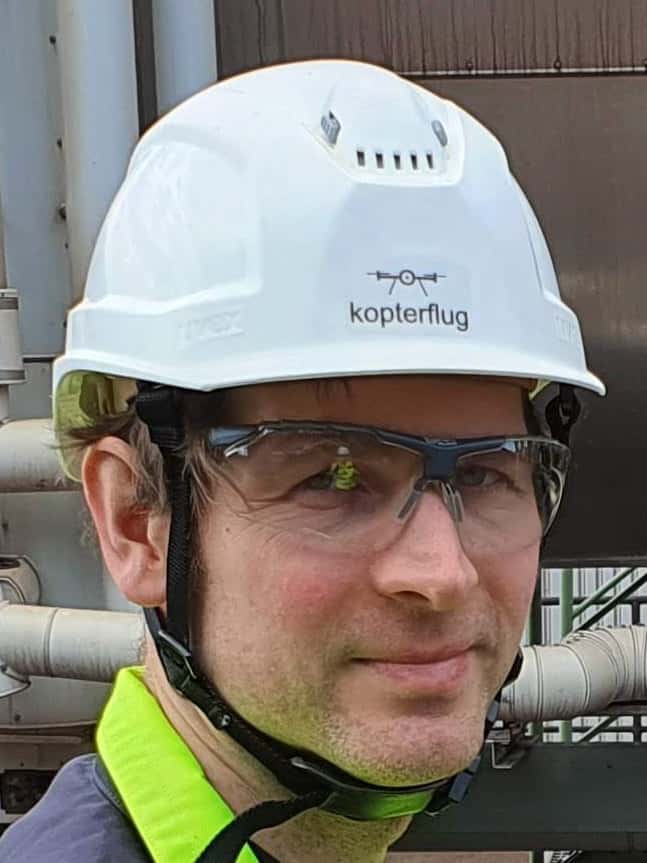
Philipp
CFO & co-owner
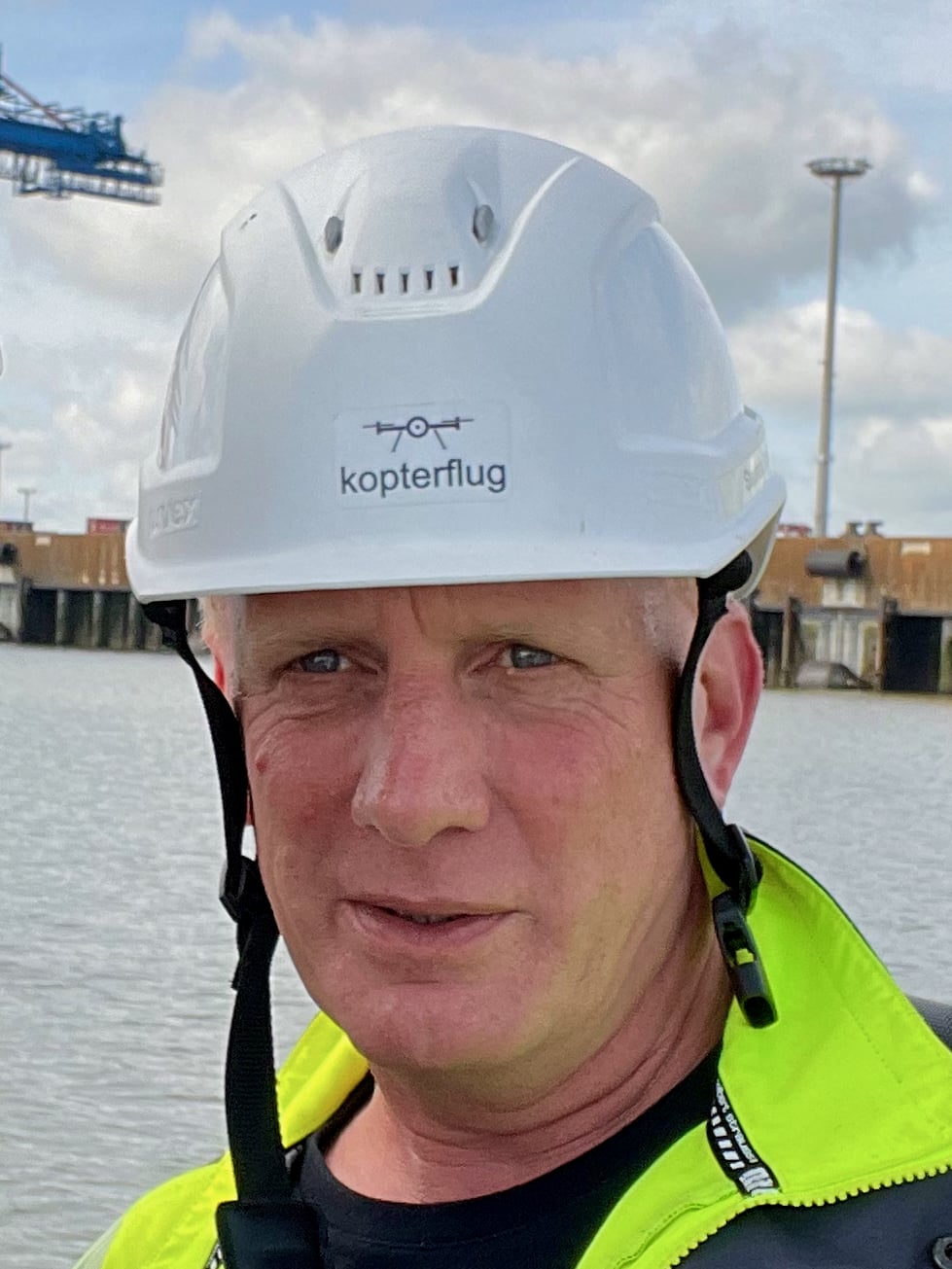
Stephan
Operations
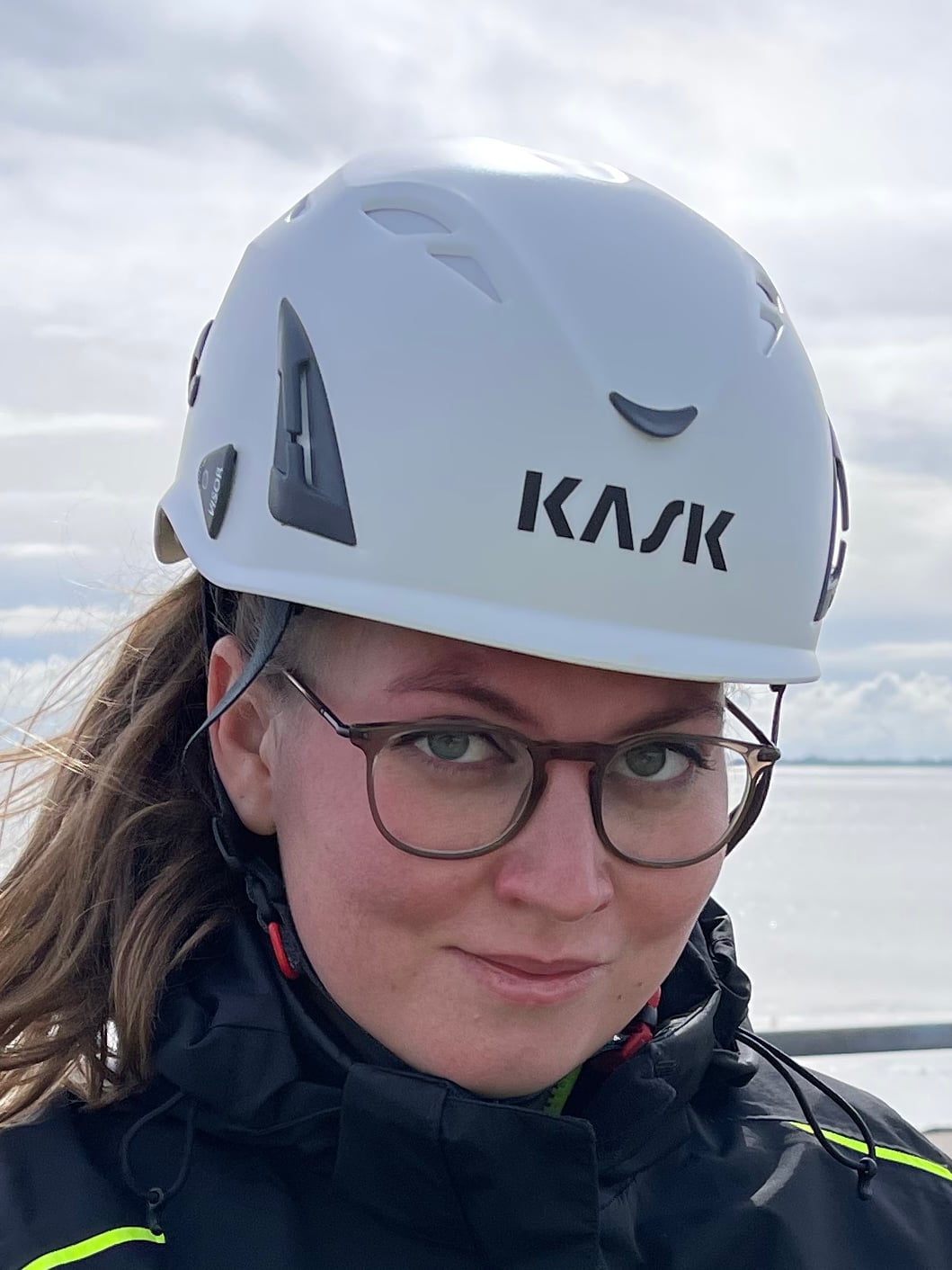
Juliana
Maritime Specialist


















